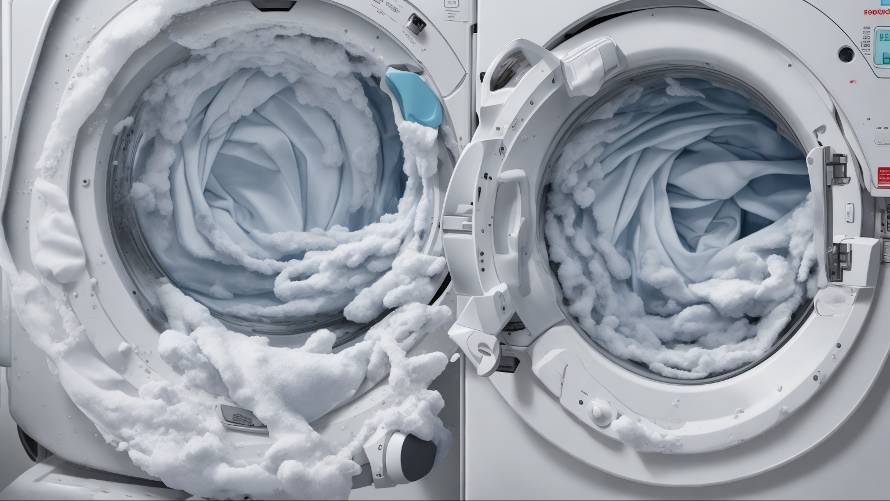When you see an advertisement for a detergent that promises to make your clothes brighter, it probably contains something called a fluorescent whitening compound, or optical brightener. These materials absorb UV light and emit visible blue light through fluorescence, resulting in brighter whites and more vibrant colors. In other words, your clothes are glowing.
Fluorescent Whitening Compounds: Making Clothes Brighter
However, these brighteners can find their way into the water supply. Luka Vucinic, a lecturer and environmental engineer at Glasgow Caledonian University in London, studies the problem of pollutants like fluorescent whitening compounds, microplastics, and other indicators of fecal contamination in karst aquifers. He will present his team’s findings next week during the European Geosciences Union (EGU) General Assembly 2024.
Karst Aquifers: A Vulnerable Source of Drinking Water
Karst aquifers are formed when limestone and dolomite dissolve, creating spectacular caves, sinkholes, and interconnected fractures that channel water. These aquifers are a major source of drinking water around the world, but they are also extremely vulnerable to pollution. Features that connect the Earth’s surface directly with an aquifer can funnel pollutants into water supplies.
Tracking Pollutants from Washing Machines to Springs
In Ireland, which relies heavily on karst groundwater, there are more than 500,000 homes using on-site domestic wastewater treatment systems that process water from toilets, washing machines, showers, and dishwashers. After a pitstop in a septic tank, the systems disperse wastewater into the ground. Vucinic and colleagues evaluated a range of contaminants emerging from springs to obtain an integrated picture of what’s going into and coming out of these karst aquifers.
A New Approach to Monitoring Wastewater Contamination
In areas with large numbers of on-site domestic wastewater treatment systems within 200 meters of at least one direct pathway into the underlying aquifer, the team detected high concentrations of fluorescent whitening compounds and microplastics. When fluorescent whitening compounds, which definitely come from humans, and microplastics rise and fall together in water samples, it indicates that microplastic contamination is likely coming from wastewater. This is the first study to show such a link in samples from karst springs, Vucinic said.
“This could be especially attractive for monitoring human wastewater contamination of karst aquifers worldwide, especially in developing countries,” explained Vucinic, as the methods used for detecting fluorescent whitening compounds are inexpensive and relatively easy to apply.


